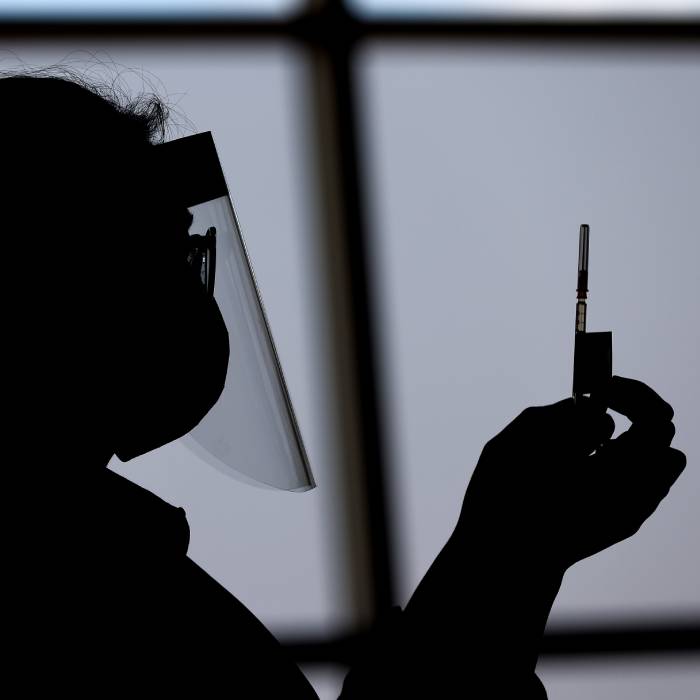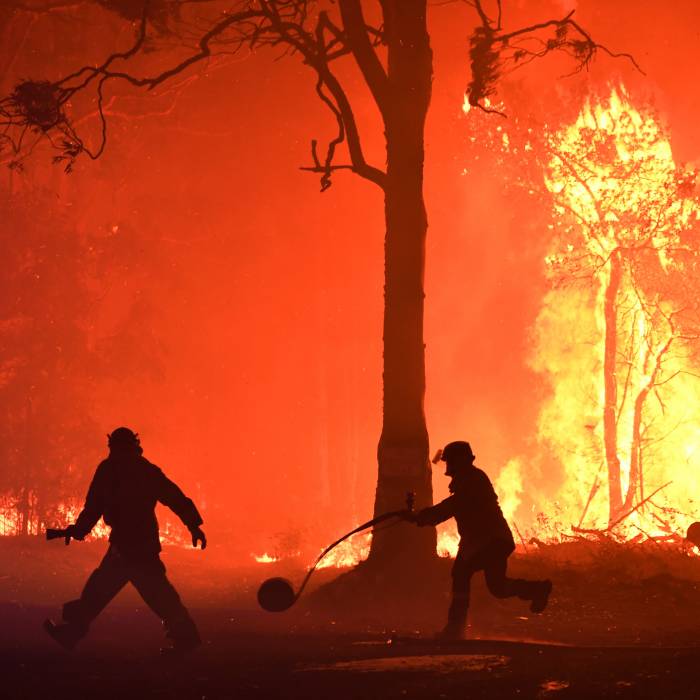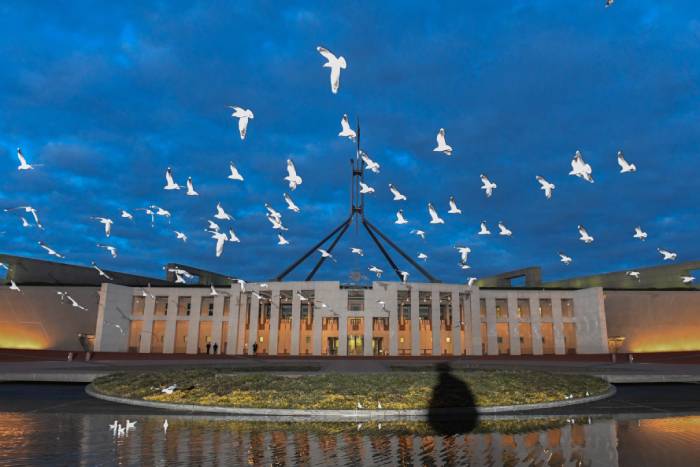About one in ten drivers hurt or killed in road crashes have the drug ice in their system, a decade-long study has found.
The Victorian study, which is the largest of its kind in Australia, analysed data from nearly 20,000 injured and more than 1500 deceased drivers between 2010 and 2019, focusing on the presence of alcohol, methylamphetamine (ice), MDMA, and cannabis in their blood.
It found that 16.8 per cent of car drivers and motorcyclists involved in crashes tested positive for at least one drug, with 14 per cent of all crashes involving a blood alcohol concentration (BAC) of 0.05 per cent or higher.
The findings showed methylamphetamine, which has the street name ‘ice’, is the most prevalent illicit substance detected in road crashes, present in 12.3 per cent of fatalities and 9.1 per cent of injured drivers.
Cannabis detections rose among injured drivers, while alcohol-related fatalities have declined but remain significant in crashes overall.
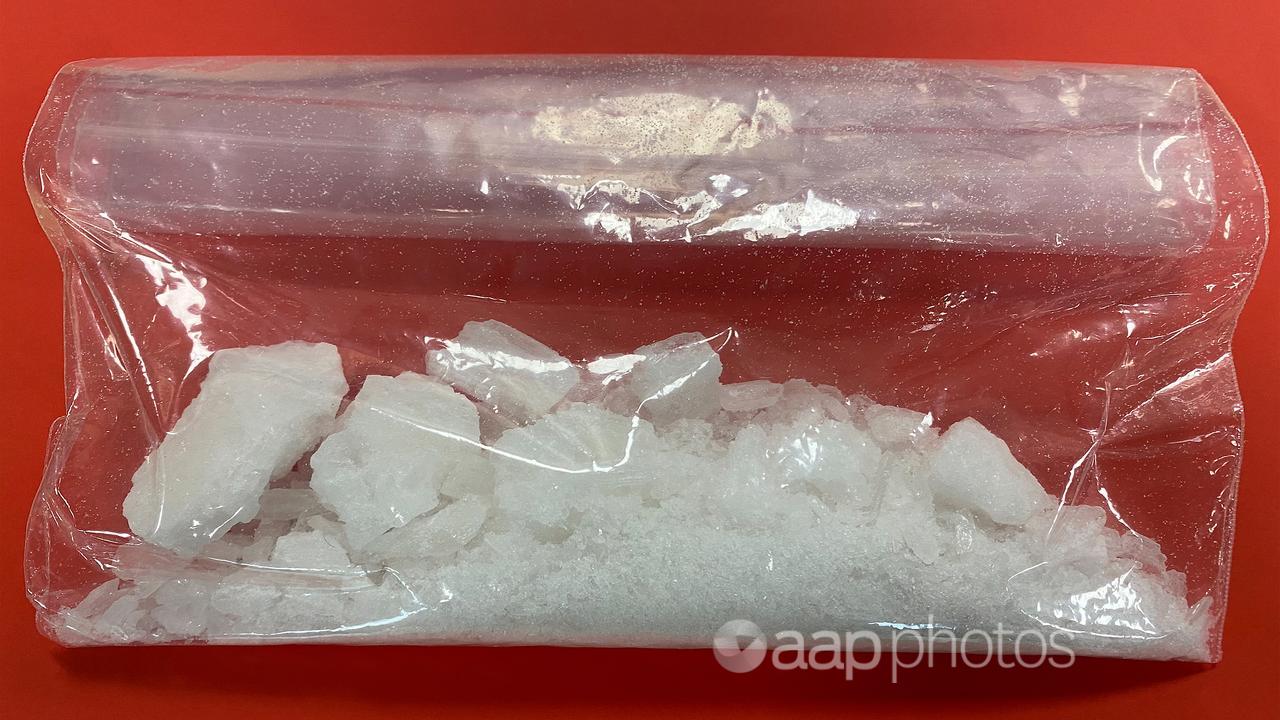
The Victorian statistics are reflective of similar studies conducted in other states.
Research released by the NSW Bureau of Crime Statistics and Research (BOCSAR) last October found the number of people charged with drug driving offences had grown astronomically over the past decade.
In 2014, 1409 people were proceeded against for drug driving, but by 2023, this number had risen to 13,815 – an increase of 836 per cent.
Meanwhile in Queensland, a survey conducted by the Royal Automotive Club (RACQ) last year found nearly one-in-six drivers aged between 18 to 24 reported driving while under the influence of drugs.
About 23 per cent of that cohort admitted to being under the influence of prescribed or illegal drugs while driving, while 16 per cent disclosed they drove while impaired by illicit substances, the study found.
While that percentage dropped as drivers aged, eight per cent of motorists aged 25 to 34 and five per cent of drivers aged 35 to 44 still reported using illegal substances before getting behind the wheel, the RACQ found.
The Victorian study highlighted the need for more preventative action, says co-senior author Adjunct Associate Professor Dimitri Gerostamoulos, from Monash University’s Department of Forensic Medicine and the Victorian Institute of Forensic Medicine.
“While MDMA use has remained relatively stable at low levels and (cannabis) detections have slightly increased, the impact of alcohol, methylamphetamine, and cannabis continues to cause the most harm on our roads,” Prof Gerostamoulos said.
There was a higher incidence of drug-positive driving in men and individuals aged between 25 and 59, as well as patterns of increasing drug use in motorcyclists, he added.
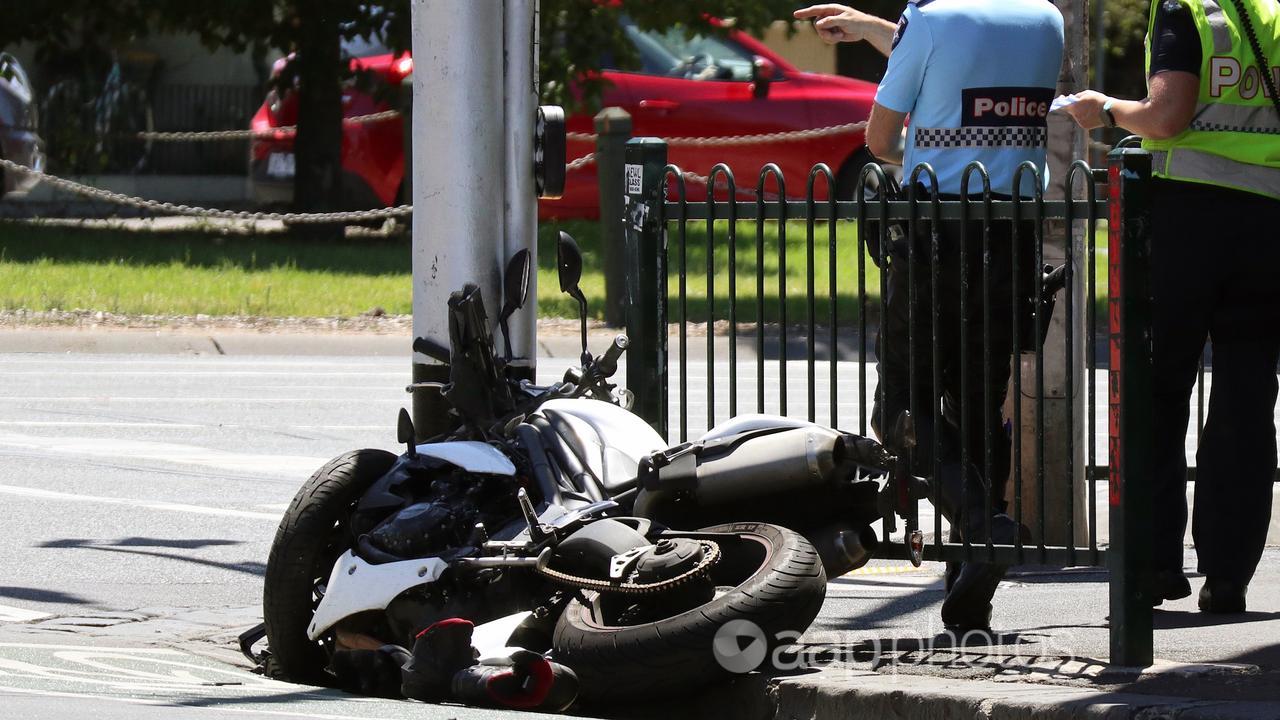
Between 2015 and 2019, 27.9 per cent of motorcyclist fatalities involved methylamphetamine, 18.3 per cent involved THC, and 14.2 per cent involved alcohol over the legal BAC limit.
While alcohol-related detections in fatalities have declined, rates of alcohol use among injured drivers and motorcyclists have risen, the report found.
Victorian drivers appear to be more likely to crash with a high BAC reading than drivers from other states, Prof Gerostamoulos said.
In WA, new research indicating the state’s drivers were less concerned about drink driving than they were four years ago prompted the government to release their “Not worth the (beep) risk” advertising campaign in the lead-up to Christmas.
Some 13 per cent of WA drivers fell into that category, which was concerning as alcohol was suspected in one-in-five of the state’s road fatalities, the government said.
Men aged between 17 and 49 were revealed to be most likely to believe that low-level drink driving was acceptable, it found.
















